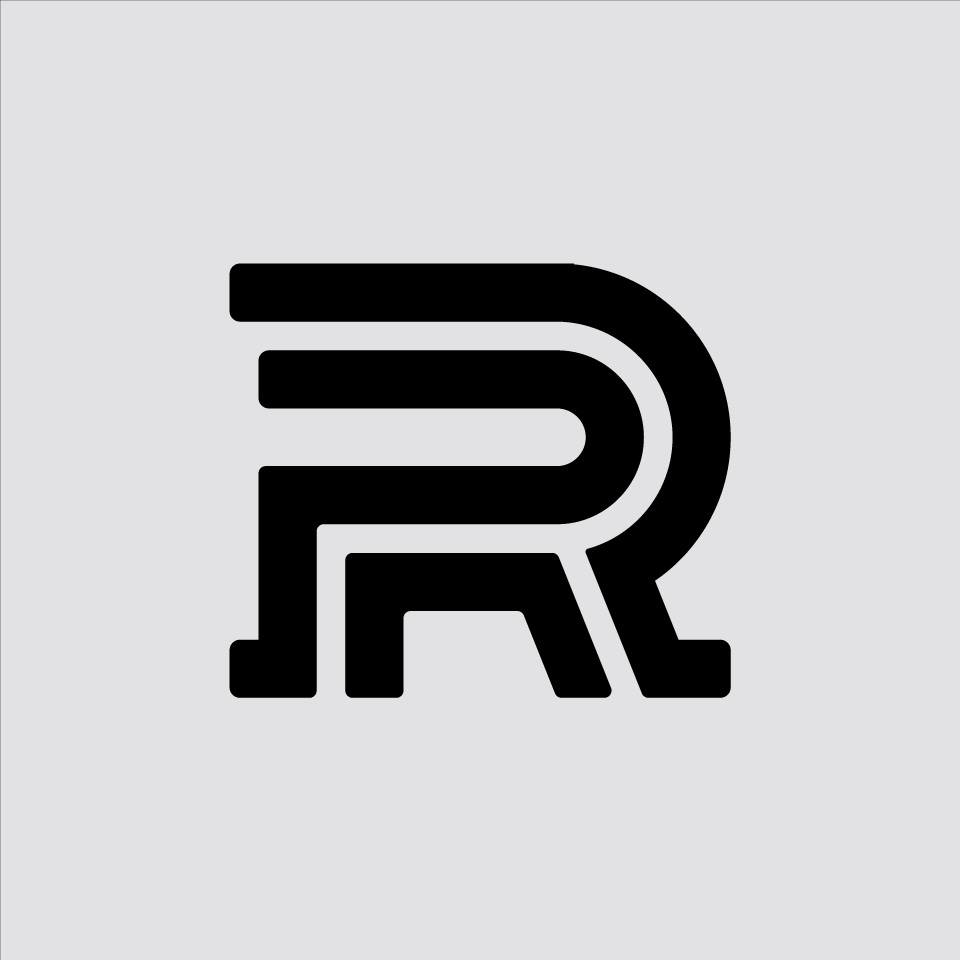Redefining Real Estate
Enhancing Property Search, Location Insights, and User Satisfaction
About REAGroup
The client for this project is REAGroup, which owns realestate.com.au and several other property-related websites. Their main service is to assist people with all aspects of their property experience, including buying, selling, and renting properties.
LocationREAGroup operates in Australia, Asia, and North America. The increasing number of international students in Australia from August 2022 is expected to boost the demand for property rentals and sales, making the Australian market particularly significant.
CompetidorsIn the real estate space, there are both direct and indirect competitors. Direct competitors include websites like domain.com.au, rent.com.au, property.com.au, gumtree.com.au, and nestoria.com.au. Indirect competitors encompass platforms like hostaway.com, uplisting.io, hometogo.com.au, lodgify.com, booking.com, and 365villas.com.
User Needs
Realestate.com.au caters to two types of clients: property owners looking to sell or rent their properties and individuals seeking properties to rent or buy. In this exercise, we focus on users searching for properties to buy or rent who want comprehensive information about the location to avoid frustration.
Property Market Insights
To enhance user experience, we identified several areas for improvement:
Enriching neighbourhood details.
Displaying the noise level of the neighbourhood.
Indicating the distance to facilities/infrastructure.
Displaying pet policies.
Showing the level and hours of natural light.
Improving property listing details.
Implementing a search feature based on property amenities.
Doubts and Challenges
We have concerns regarding what users are complaining about and why certain property details are missing from the website. Addressing these doubts is crucial to improving the user experience.
Design Toolkit
Design Process
The first step of the design process involved creating the Business Canvas and Desk Research to understand the context of the business, competitors and customers. Also, to understand the client's market and the growth possibility. This information was essential at the beginning of the process before having any idea, wireframe, or prototyping. After that, we went to Competitive Analysis to understand the market's best practices and bring value to the project. Then I surveyed and interviewed users to identify important questions about their shopping habits and insights into their experience buying meat and food online.
I got insights on how to solve each problem at certain stages of the design process using "how might we". And then, I started focusing on user flow and wireframes, looking to iterate through ideas. Then I started designing the interface considering design principles like contrast, hierarchy, and feedback. So with a UI ready, I enlisted the collaboration of fellow designers to fine-tune the details.
Discovery
Business Canva
We prepared a questionnaire that I sent to the business owner, and based on these answers, we raised some questions:
Desk Research
I did Desk Research to understand the client's and market's contexts, what problems they face and what the potential for growth is, and, in addition to the other techniques that are applied, identify the users’ real issues.
For example, according to The Guardian, since the Covid-19 outbreak, 60% of people are buying groceries online more often. Of these:
41%
40%
say it's the most convenient option overall
say they prefer
not to go to stores
20%
15%
say they hadn't
considered it before
say it helps plan
meals for the week
Competitive Analysis
In this step of the process, I could explore and learn what the competitors are doing well and what they're not doing well to bring value to the project based on it.
After reviewing the current Prestige Butchers website and noting the experience points that I would focus on at this stage of the research, I did a detailed analysis of 2 direct competitors, 1 direct competitor and 1 indirect competitor. With that, I was able to discover that:
User Flow
The main point of the flow is to ensure that the functionality is always visible to the user, but not in an obstructive way. So I decided to add it to the app’s bottom navigation. It’s only a tap away, but still not intrusive.
Wireframe
The Wireframe was designed to build the structure and architecture of the information and only then go to visual and interactions.
Learnings
Due to the constant documentation of the case, I could visually and mentally organize all the insights generated at each stage. And the use of How Might We's was a handy method during the whole design project.
The main lessons learned were:
Constantly document processes
Seek to understand the motivations and objectives of a technique before applying it.
Research with a focus on identifying problems rather than just validating ideas.














